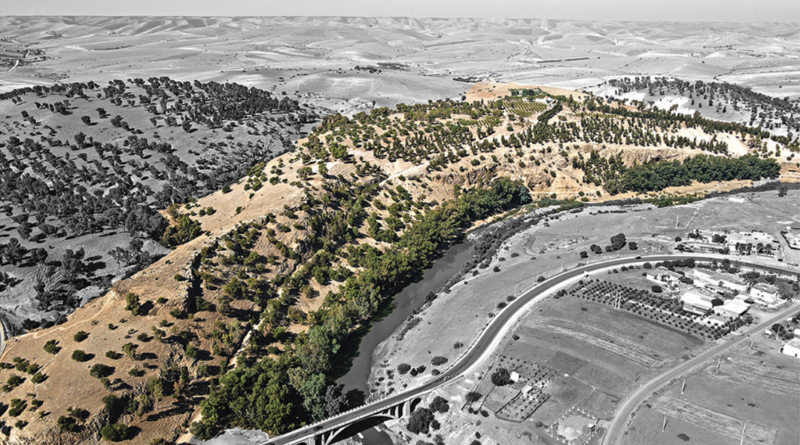Discovery Unveils Ancient Farming Culture in Morocco
A groundbreaking discovery is reshaping how historians understand ancient farming culture in Morocco. Archaeologists have uncovered evidence of a 5,000-year-old farming society in Morocco, outside the Nile Valley, revealing advanced agricultural techniques and likely trade connections with other civilizations.
Published in the journal Antiquity, the research highlights the Oued Beht site, which was originally found by French colonists nearly a century ago but largely ignored until now. Experts, led by archaeologist Cyprian Broodbank from the University of Cambridge, assembled a team to revisit the site, driven by a belief that it held untapped historical significance.
At the Oued Beht site, archaeologists discovered stone tools, pottery fragments, and organic material that dates back to 3400–2900 B.C.E., confirming the presence of a stationary society that practiced Neolithic farming. Analysis of seeds found at the site revealed that the ancient people cultivated crops such as barley, wheat, peas, pistachios, and olives, and also relied on livestock like sheep, goats, pigs, and cattle.
Prior to this study, many researchers assumed the region was inhabited by nomadic groups who relied on hunting, gathering, and following herds for survival. This new evidence demonstrates that some groups were settled and engaged in full-scale farming, challenging long-held assumptions about prehistoric life in North Africa.
The study also suggests that the society was comparable in size to early Bronze Age Troy and may have included people from diverse genetic backgrounds, with origins in regions such as the Sahara, the Iberian Peninsula, and the Middle East.
The researchers emphasize that there has been a significant gap in the understanding of the area’s history between 4000 and 1000 B.C.E. Their findings at Oued Beht are helping to fill that gap and position the Maghreb as a crucial player in the development of Mediterranean and African societies.
The team hopes this discovery will lead to more archaeological studies in the region, as it has become clear that the lack of research, rather than a lack of historical activity, is responsible for the limited understanding of the area’s prehistoric past.



